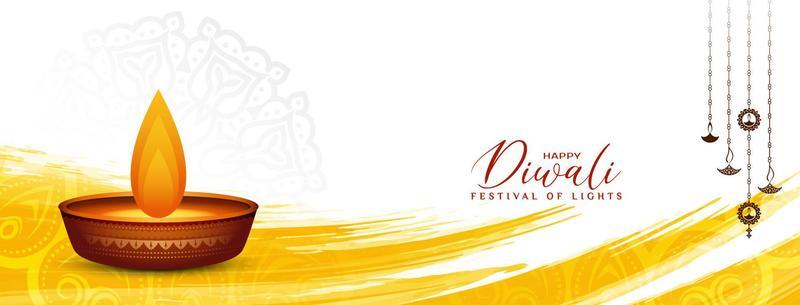In the vibrant tapestry of human experience, culture manifests itself in myriad forms—each thread an intricate design that narrates a distinct story. One particularly vivid implementation of this cultural expression is through imagery, specifically in the art of designing banners for cultural events. These banners serve not merely as decorative elements but as vital conduits of communal identity and heritage. They encapsulate salient values and traditions, much like a time capsule, preserving the essence of a community’s shared past while inviting participants to celebrate together in the present.
Imagine a cultural event banner as a grand interface, one that fosters a robust dialogue between the past and the future. It must harmonize aesthetics with symbolism, acting as both a siren’s call to the community and a beacon of introspection. The visual allure of the banner is its first layer of engagement, drawing attendees in with vibrant colors and intricate designs that provoke curiosity. A well-crafted banner can elicit a visceral emotional response, much like the first notes of a symphony echoing in a grand hall.
Vivid imagery can encapsulate the spirit of the occasion—from joyous celebrations like Diwali, replete with the glow of diyas, to somber commemorations of heritage where the weight of history is palpable in every line of text. The visual elements selected—a kaleidoscope of colors, the choice of typography, and even the interplay of space—serve as crucial components in conveying the ethos of the event. Each small detail reflects cultural nuances, inviting attendees not just to observe but to actively participate in the cultural narrative being presented.
Moreover, the commentary offered through a cultural event banner goes beyond mere representation; it can be regarded as a silent yet powerful advocate for communal values. For instance, eco-conscious themes make their way onto banners that feature natural motifs, representing the symbiotic relationship between humanity and the environment. Trees intertwined with local folklore bring forth an understanding of ecological stewardship, reminding attendees that their cultural practices are interwoven with the fate of the planet.
Cultural banners also function as tools for education. They are informational mediums that provide context, elucidating unfamiliar customs to the curious observer. A banner showcasing traditional attire can unveil stories of resilience, creativity, and purpose. When people are introduced to the significance behind a vibrant kurta or a meticulously crafted headdress through compelling imagery, they gain insight into a way of life that remains rich and significant amid global homogenization.
In addition, the historical context embedded in banner designs serves as a reminder of the struggles and achievements that have shaped a community’s identity. Each cultural event, from parades to festivals, often commemorates pivotal moments or figures in history. In this sense, the imagery on a banner transforms into a modern-day scroll, chronicling narratives of triumph and tribulation. As viewers meet the eyes of artistic representations, they also confront their heritage, evoking a profound sense of belonging.
Yet there is an inherent challenge in encapsulating the diverse threads of culture within a single image or banner. The task is reminiscent of compressing an expansive narrative into the confines of a single chapter—a genetic puzzle that necessitates thoughtful consideration. To create a banner that resonates with authenticity requires deep engagement with the traditions being represented. Inclusivity emerges as a cornerstone in this endeavor; it becomes crucial to include voices from different facets of the community to ensure an honest representation of the culture as a whole. Compromise is not an option when striving for cultural integrity; rather, it is an iterative process of refinement and dialogue.
This process highlights the metaphor of a bridge—where a well-designed cultural banner creates a span between diverse perspectives and backgrounds. Crossing this bridge, individuals find themselves amidst an enriching environment where intercultural exchanges flourish, nurturing understanding and appreciation for differences. Here, the event evolves into a tapestry woven with the threads of shared experiences, echoing the values that bind us together as humans.
Furthermore, in an era dominated by digital platforms, the significance of cultural banners persists with compelling vigor. In many instances, these banners transition into virtual formats, reaching a global audience. The adaptability of design becomes paramount, as banners must translate not only visually but also culturally across boundaries. A banner that communicates the essence of a local festival may find new life in an online setting, opening avenues for cross-cultural dialogue that transcend geographic limitations.
In summation, the crafting of a cultural event image for a banner is an intricate fusion of artistry, history, and societal values. It encapsulates the vibrancy of human expression while serving as a bridge to connect individuals to their roots and to one another. As we celebrate the myriad cultures that illuminate our world, let us acknowledge the artistic banners that serve as shimmering portals into the heart of heritage, pride, and communal identity.
